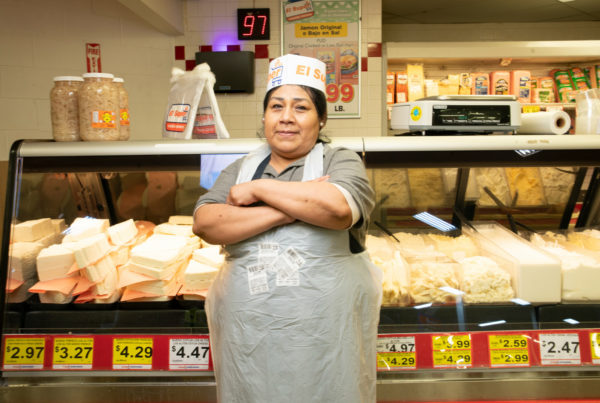By: Bill Wilson
Source: Supermarket News
Houston has been shouldering the heaviest load in grocery inflation, according to a new study by the U.S. Department of Agriculture (USDA).
Overall, grocery food inflation rose 5% in 2023 across the U.S. In Houston, it was 7.8%. Boston was second at 7.0%, followed by Philadelphia (6.3%), Miami (5.8%), Detroit (5.0%), St. Louis (5.0%), and Dallas-Fort Worth (5.0%).
Grocery prices dropped 1.3% in Anchorage, Alaska, and Honolulu, Hawaii, also experienced a modest increase of 1.7%.
The USDA said several variables contribute to the difference in cost in each city, including overhead expenses like labor and rent and differences in consumer purchasing patterns for specific foods.
Each metro area’s inflation rate is calculated based on a representative set of foods unique to the area. For example, an area whose residents purchase more foods with slower price inflation, such as fresh fruits and vegetables — which increased by 0.7% and 0.9%, respectively — might experience lower grocery food prices than areas where more cereals and bakery products are purchased.







